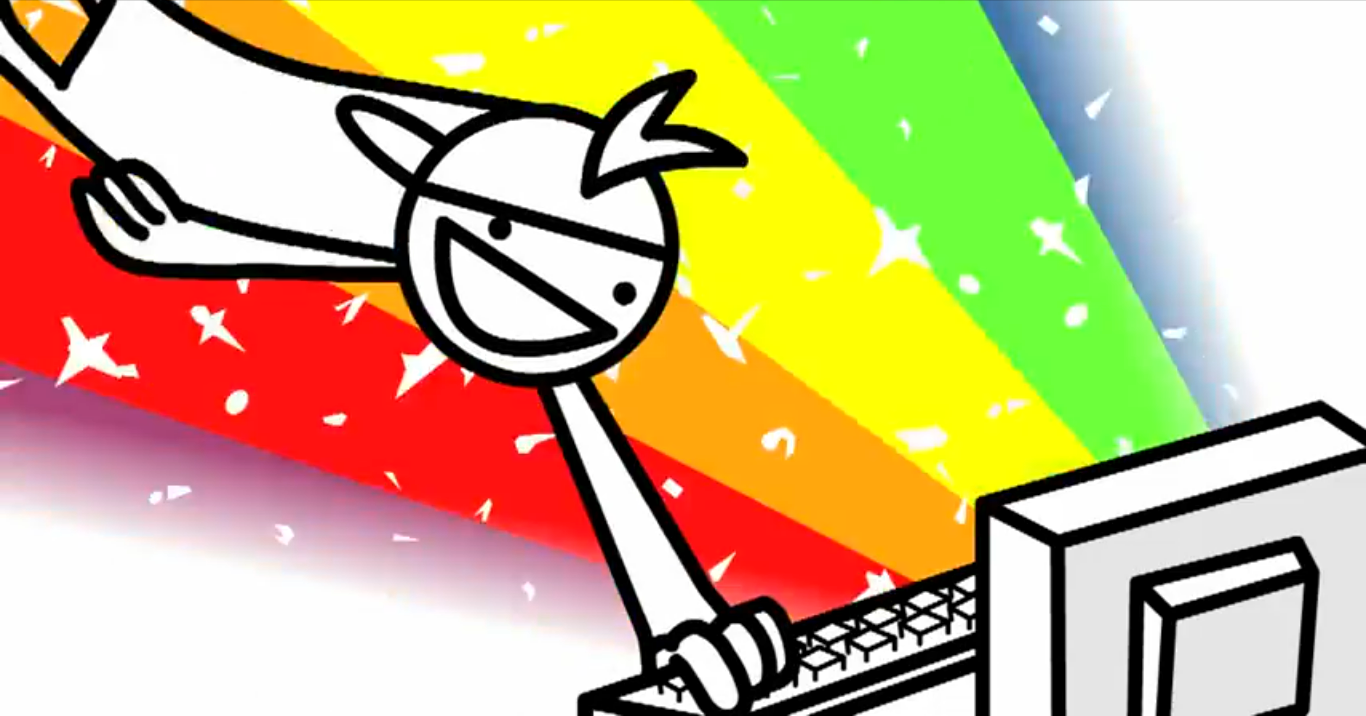One one hand, I want to agree with him on his point.
On the other, I can't.
Let's look at some older games, and see why they've become such mainstays in our libraries.
We're gonna start old school with these first games.
Remember these guys?
The replay value from these games comes from, not the complexity of their design, but from their gameplay. There are a finite number of paths through each of these games. Of course you can skip levels in Super Mario Bros via world 1-2, but it's not really altering your path through the game. You'll still end up going through the same levels you would have otherwise. You can fight Heatman before Crashman in Mega Man 2, but it doesn't really change much beyond what order you get your powers, which you'll still have all of them at the end.
So how do some people get replay from these? Self-imposed challenges.
Mario Speedruns. Megaman 2 Buster-Only playthrough. Hell, there are complicated as HELL playthroughs for Pokemon games. Clearly, there are ways to make your games last longer. Mind you, these aren't for everyone. Personally, I won't ever do any of those playthroughs, but there are some people who want to do this.
So why else do I go back to Super Mario? Well, just because it's fun to play. That's all I need. If a game was fun to play, I will go back to it, despite knowing how it ends, despite knowing all the plot points, or whatever. I've beaten Final Fantasy VII a few times, but that game doesn't really change with each playthrough. Most times, your first playthrough is the best one, simply because you're seeing it with new eyes. What's nice about subsequent playthroughs though is that you can notice new details of the game that you didn't know before. You pick up on foreshadowing that you may have missed, or subtle nods to other things.
Now, on the newer game side, I've nearly 100%'d Saints Row the Third (all collectables, just missing some wave defenses), and you can sure as hell bet that I'm going to keep that in my library. Same with Arkham Asylum and Arkham City.
Onto where I agree with him though. There have been some companies who have been known to sort of "sever" their core game in favor of making people pay for DLC. I say "some" for this. Capcom is notorious for their On-Disk DLC policy that they had for some of their games. We'll be talking about DLC in a podcast in the future, so keep an eye out for a more comprehensive take on that. Let's just say I'm fine with DLC made outside of the normal development cycle.
Another thing is that some games have been shortening their single player campaign to about 8-12 hours, which can seem short for the investment. Then we have to remember that old games from the SNES and NES cost about the same. Now, I'm not saying that we should be having half hour games, or non-ending games now, because that's what we had in 1990, I'm just putting things into perspective. Expectations change, as they should, due to the evolving technology. We also need to look at each genre and how long we expect games to be in them. An RPG? I expect 20+ hours from. An Action game a la God of War? If the game is satisfying, 10-15 hours. An FPS? Well, if it's a straight up one, 10 hours is fine. Hybrid it with an RPG, jump that number to 15+ (hi there Borderlands, Deus Ex, and from the Third Person Side Alpha Protocol)
Bet you thought this was gonna be an Alpha Protocol picture.
The point is, not every game is going to be a monumental creation. If we look at other mediums, not every book is going to be read multiple times. The same goes for movies. There are things that I've consumed once, and been satisfied with. Then there are those games that are profound, interesting, or just plain fun enough where I want to keep them in my library, not for an immediate replay, but for one down the line. That's where real replay is. The one where you can dust it off after a hiatus, and pop it back in and have it all come rushing back. The games where you can say "Why have I waited so long to replay this?". Those are rare, and sadly, many people don't realize it.
There are games that have a definite replay value, Okami comes to mind with the New Game + option. In fact, any game with that feature adds a second playthrough. The Tales series does this incredibly well.
A good game shouldn't need these though. When the option to keep your stuff for a second playthrough comes up, it's nice, but a game that sticks with you is one you'll start over to play it again.
[Edit] Looks like we hit 100 posts on this blog (so what if I'm a tad behind)
Whoo, party.









